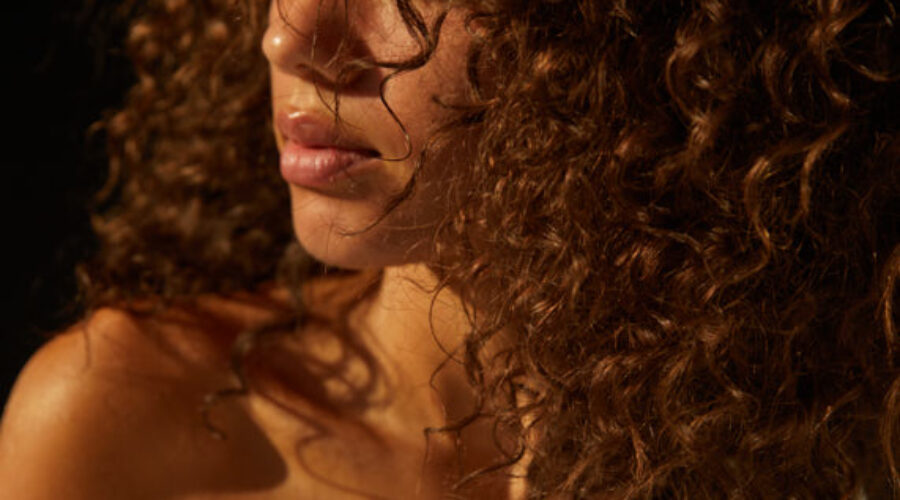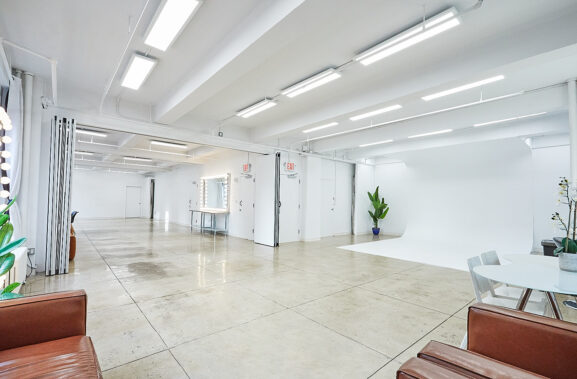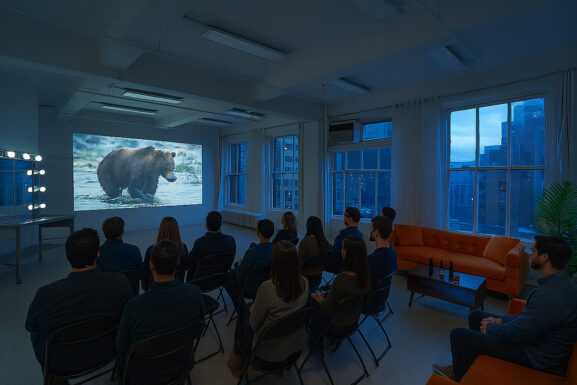Understanding the Role of Backdrops in Professional Photography
Choosing the right backdrop can dramatically elevate the quality of a photograph. Many photographers struggle with distractions, inconsistent lighting, or a lack of depth in their images, and the right backdrop can solve these problems. Backdrops create a controlled environment where subjects stand out, moods are conveyed effectively, and storytelling is enhanced. They help photographers focus attention, set the scene, and produce consistent results for client work or personal projects. For photographers working with Love Studios NYC, understanding how to use backdrops effectively ensures every shot looks professional, polished, and visually compelling.
What Defines a Photography Backdrop?
A backdrop is more than just a background; it’s a foundational element of a professional photograph. It separates the subject from the surroundings, highlights key features, and complements the overall composition. Backdrops can be simple, like solid colors that create a clean and minimal look, or more elaborate with textures and patterns that add visual interest. Choosing the right backdrop helps photographers control how light interacts with the subject, which is critical for achieving consistent and high-quality images, whether for portraits, products, or creative projects.
Historical Evolution of Photography Backdrops
Photography backdrops have evolved significantly over time. Early studios used painted canvases to simulate outdoor scenes or artistic settings. Iconic photographers, such as Irving Penn, popularized minimalist backdrops to emphasize the subject and composition, proving that the right background can make a subject stand out. Today, backdrops come in a wide range of materials, from vinyl and muslin to seamless paper, allowing photographers to achieve professional results without relying on elaborate setups or post-production effects.
Functional Roles of Backdrops in Photography
Backdrops serve multiple purposes in photography, including highlighting the subject, creating mood, adding depth, and supporting narrative storytelling. Their use directly impacts the visual quality and emotional impact of photographs.
Subject Isolation and Emphasis
One of the primary roles of a backdrop is to isolate the subject, ensuring the viewer’s attention is focused where it matters. For example, a solid-colored backdrop removes visual distractions and creates a clean canvas, letting the subject’s features, expressions, or product details stand out. This is particularly useful in portrait photography, product shoots, or headshots where clarity and focus are essential.
Mood and Atmosphere Creation
Backdrops also help set the tone of a photograph. Dark, textured backgrounds can create a dramatic or mysterious mood, while bright or pastel backdrops convey lightness and energy. By carefully selecting colors and textures, photographers can evoke specific emotions and enhance storytelling without adding props or complex setups.
Depth and Dimension Enhancement
Using textured or layered backdrops can create a sense of depth in photographs. For instance, subtle patterns or gradients can guide the viewer’s eye through the image, adding visual interest. Proper positioning and lighting on backdrops can further enhance three-dimensionality, making subjects appear more lifelike and engaging.
Storytelling Through Backdrops
Backdrops can also contribute directly to a narrative. Thematic or custom backdrops help convey a story, whether it’s a seasonal theme, a brand concept, or a specific lifestyle scene. For photographers at Love Studios NYC, using storytelling backdrops allows for more dynamic sessions and visually compelling results that resonate with clients.
Types of Photography Backdrops
Backdrops come in solid colors, textured or painted designs, and thematic or custom options. Each type offers unique benefits, whether it’s a clean minimalist look, artistic depth, or personalized branding and thematic storytelling.
Short Overview
Photography backdrops come in different styles to suit a variety of shoots. Choosing the right type, solid color, textured, or thematic, affects mood, focus, and storytelling in your images.
Solid Color Backdrops
Solid color backdrops are highly versatile and provide a clean, professional look for many types of photography, from headshots to product shoots. Common colors like white, black, and gray offer neutrality, while bold colors like red or blue can evoke specific emotions or complement the subject. Psychologically, colors influence perception; white conveys simplicity, black adds drama, and soft pastels evoke calmness. Using solid backdrops makes editing easier and ensures the subject remains the focal point.
Textured and Painted Backdrops
Textured or painted backdrops add artistic flair and depth to images. Materials such as canvas or muslin can feature gradients, abstract patterns, or hand-painted designs that enrich the visual narrative. These backdrops interact with lighting differently, producing shadows and highlights that enhance dimensionality. Photographers can create a unique atmosphere or emphasize certain elements of the subject, making each image more dynamic and visually compelling.
Thematic and Custom Backdrops
Thematic or custom backdrops are ideal for creative projects, events, fashion, and product photography. They can reflect a brand’s identity, seasonal themes, or narrative concepts. Examples include seasonal landscapes, branded patterns, or event-specific designs. Custom backdrops allow photographers to create highly personalized shoots that stand out and leave a lasting impression on clients.
Practical Considerations in Choosing Backdrops
Selecting the right backdrop requires considering the photography style, material, size, and how it interacts with lighting. These practical factors ensure the backdrop complements the subject, fits the Studio spaces, and produces consistent, high-quality results.
Short Overview
Choosing the right backdrop requires evaluating style, material, size, and lighting. Proper selection ensures the backdrop complements the subject and enhances overall image quality.
Matching Backdrops to Photography Styles
Different photography styles benefit from specific backdrop choices. Portraits often use neutral or solid colors for clean emphasis, product photography may favor textured surfaces for depth, and fashion shoots can incorporate thematic or artistic backdrops to enhance storytelling. Matching the backdrop to the style ensures visual cohesion and improves audience engagement.
Material Selection and Maintenance
Backdrop materials vary in durability, texture, and ease of maintenance. Muslin is lightweight and easy to store, canvas offers durability and depth, and vinyl provides a smooth, reflective surface. Regular cleaning and proper storage extend the life of backdrops and maintain a professional appearance for every shoot.
Size and Space Requirements
The backdrop size must align with the shooting space and subject dimensions. Small studios may require compact 5’x7’ backdrops for headshots, while larger groups or full-body shots need wider options like 9’x20’. Correct sizing ensures complete coverage, avoids cropping issues, and allows for creative composition.
Lighting Considerations
Backdrops interact differently with light. Dark or textured surfaces absorb light, producing shadows and depth, while lighter surfaces reflect light and brighten the scene. Understanding how your backdrop reacts to lighting setups ensures consistent exposure and accurate color rendering in final images.
Enhancing Brand Identity with Backdrops
Backdrops can reinforce a brand’s visual identity by creating consistency across images and allowing for unique customization that reflects brand values. Proper use helps photographers convey professionalism and strengthen recognition.
Short Overview
Backdrops play a crucial role in establishing a brand’s visual identity, consistency, and recognition across photographs.
Consistency in Branding
Using consistent backdrops reinforces brand identity. Repeating specific colors, textures, or patterns in photos ensures that images align with brand aesthetics and create a recognizable visual style for marketing and promotional materials.
Custom Backdrops for Unique Identity
Custom-designed backdrops reflect a brand’s values and personality. From logos to thematic patterns, these backdrops elevate the professionalism of shoots and make the imagery instantly associated with the brand.
Case Studies of Successful Branding
Brands that use specialized backdrops often see improved audience engagement and stronger visual identity. For example, fashion brands may use minimalistic solid colors to highlight clothing, while lifestyle brands might incorporate textured or thematic backdrops that reflect their ethos.
Common Challenges and Solutions
Photographers often face issues like wrinkles, limited space, or budget constraints when using backdrops. Addressing these challenges with proper maintenance, space management, and cost-effective alternatives ensures professional-looking results without unnecessary stress.
Short Overview
Backdrops can present challenges, including wrinkles, space limitations, and budget constraints. Addressing these ensures professional and polished results.
Wrinkles and Maintenance Issues
Wrinkles can distract from the subject. Solutions include steaming, ironing, or using clamps to pull the backdrop taut. Proper storage and handling prevent creases and maintain a smooth appearance.
Space Constraints
Limited shooting space can make large backdrops impractical. Rollable or collapsible backdrops, as well as adjustable stands, allow for flexible setups in smaller areas without compromising image quality.
Budget-Friendly Options
Affordable alternatives like paper rolls, DIY fabric backdrops, or rented options allow beginners and small studios to achieve professional results without high upfront costs.
Maximizing the Impact of Photography Backdrops
Backdrops are more than just a background; they shape the look, feel, and professionalism of every photograph. They help isolate subjects, create mood, add depth, and support storytelling, all while reinforcing brand identity and consistency. By carefully selecting the right type, material, size, and lighting approach, photographers can elevate their work and produce visually compelling results. Experimenting with different backdrops, maintaining them properly, and aligning choices with the shoot’s purpose ensures that every image stands out. Using the resources and variety of backdrops available at Love Studios NYC allows photographers to achieve professional-quality results while exploring creative possibilities.



